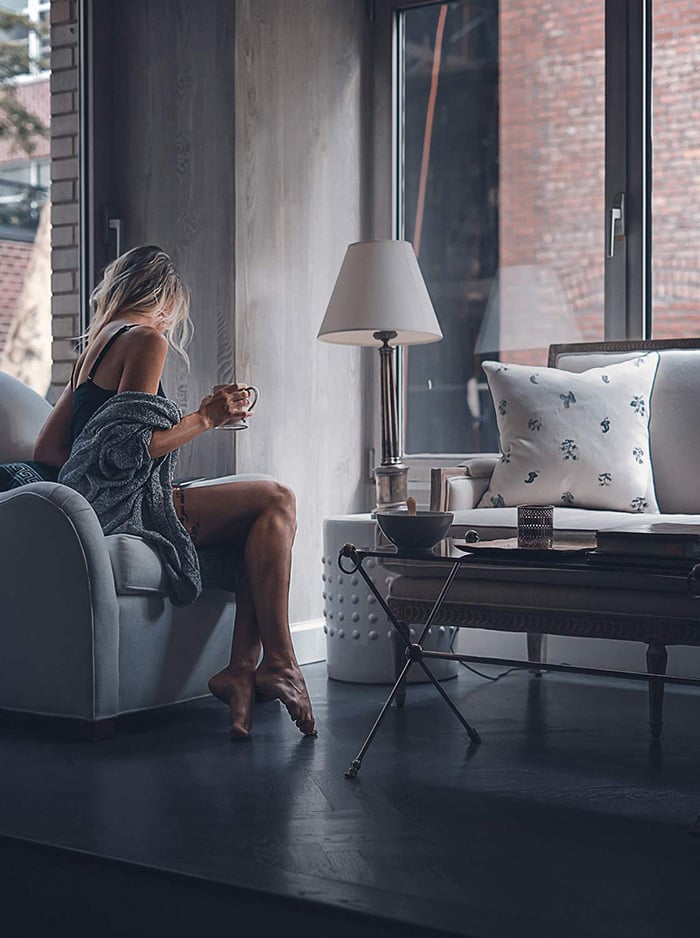In the digital realm, user experience (UX) is paramount, and strategic use of color schemes and typography can significantly impact how users interact with a website or application. Let’s delve into the psychology behind color choices and typography and explore how they can be leveraged to create engaging user experiences.
H2: The Psychology of Color in Design
Understanding the psychology of color in design is crucial for creating impactful user experiences. Colors evoke specific emotions and perceptions, influencing how users interact with digital environments. Warm colors like red, orange, and yellow elicit feelings of energy and excitement, while cool colors like blue and green evoke calmness and trust. Color combinations also play a vital role, with analogous schemes creating harmony, complementary schemes offering contrast, and triadic schemes providing balance. Cultural and personal associations further shape color perceptions, adding complexity to color selection.
By leveraging this understanding, designers can strategically choose color palettes that align with desired emotional responses and brand identities. Whether aiming to evoke excitement, trust, relaxation, or sophistication, the right color scheme can significantly impact user engagement and perception. Through thoughtful application, designers can create visually appealing designs that resonate with users on a subconscious level, fostering positive associations and enhancing overall user experience.
H2: The ‘Roulette Wheel’ Color Scheme in Action
In the realm of gaming, color schemes play a crucial role in creating immersive experiences. One notable example is the roulette wheel color scheme, commonly used in online gambling environments. Inspired by the vibrant hues of a roulette wheel, this color scheme employs bold reds, deep blacks, and bright yellows to create a dynamic and engaging atmosphere for players. By subtly integrating elements of this color scheme into other design projects, designers can capture the attention of a gaming audience while enhancing overall user engagement.
H2: Typography Matters: Matching Fonts with Color
Typography plays a pivotal role in reinforcing the message conveyed by color schemes. Fonts should complement the chosen color palette, enhancing readability and conveying the desired tone and personality. For example, pairing bold sans-serif fonts with vibrant colors can create a modern and energetic feel, while elegant serif fonts may suit more sophisticated color schemes.
H2: Case Studies: Successful Color and Typography Strategies
Numerous brands and websites have effectively utilized color schemes and typography to enhance user experience. By studying these successful case studies, designers can gain valuable insights into effective color combinations, font pairings, and overall design strategies that resonate with users.
- Spotify: Dynamic and Engaging
Spotify uses bold colors and modern typography to create a vibrant and engaging user experience. The platform employs a dark background with bright, contrasting colors for album covers and promotional content, making key elements pop and drawing user attention. Clean sans-serif fonts ensure readability and contribute to a contemporary feel. Spotify’s design strategy enhances usability and aligns with its energetic brand identity, appealing to its youthful audience.
- Airbnb: Trustworthy and Welcoming
Airbnb’s website features a minimalist color palette with soft pastels and ample white space, creating a welcoming and trustworthy atmosphere. The typography mixes clean sans-serif fonts for headings with a more relaxed, humanistic serif font for body text. This combination conveys professionalism while maintaining a friendly tone. Consistent and harmonious color schemes and typography effectively communicate Airbnb’s brand values of trust and community.
- Apple: Sleek and Sophisticated
Apple’s design is known for its sleekness and sophistication. The company’s website uses a monochromatic color scheme with shades of grey, white, and black, allowing product images to stand out. The predominantly sans-serif San Francisco font is modern and highly readable. Apple’s restrained use of color and precise typography choices create a clean, elegant user experience that reflects its premium brand positioning.
- Duolingo: Fun and Motivational
Duolingo leverages bright, playful colors and friendly typography to create an enjoyable learning environment. The app’s primary color is a vibrant green, associated with growth and positivity, complemented by orange and blue accents that add to the energetic feel. Rounded sans-serif fonts contribute to the app’s approachable vibe. Duolingo’s design choices support its mission to make language learning accessible and engaging for all ages.
- Medium: Focused and Readable
Medium emphasizes readability and content focus. The platform uses a simple color palette with black, white, and a few accent colors to highlight important elements. The typography blends serif and sans-serif fonts, balancing traditional publishing aesthetics with modern web design. Medium’s ample white space and clean fonts enhance the reading experience, allowing users to focus on content without distractions.
H2 Implementing Learnings from Case Studies
When implementing color schemes and typography in design projects, it’s essential to consider the target audience, brand identity, and intended message. Conducting thorough research, experimenting with different combinations, and soliciting feedback can help designers create impactful and visually appealing user experiences. By examining these case studies, designers can identify key principles for successful color and typography strategies:
- Consistency: Maintain a consistent color scheme and typography throughout the design to reinforce brand identity and create a cohesive user experience.
- Contrast and Readability: Ensure sufficient contrast between text and background colors to enhance readability.
- User-Centric Design: Consider the target audience and tailor color schemes and typography to their preferences and expectations.
- Emotional Resonance: Choose colors and fonts that evoke the desired emotional response and align with the brand’s message and values.
- Adaptability: Be prepared to iterate and refine design choices based on user feedback and changing trends.
By leveraging strategic color schemes and typography, designers can enhance user experience and create memorable interactions that resonate with users long after they’ve left the digital environment. Whether crafting a website, application, or marketing campaign, the thoughtful application of color and typography can elevate design to new heights of engagement and effectiveness.


































